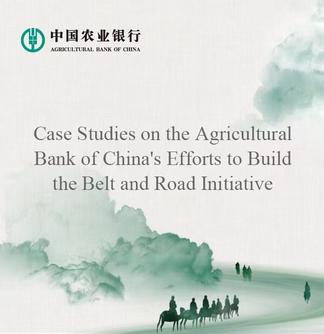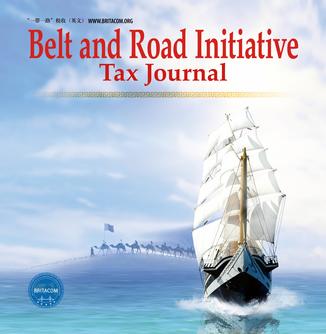
A visitor takes photos of a "Black Myth: Wukong" bust at the 21st China (Shenzhen) International Cultural Industries Fair in Shenzhen, south China's Guangdong Province, May 23, 2025. (Xinhua/Liang Xu)
BEIJING, July 10 (Xinhua) -- Chinese local governments unveiled recently multiple consumption-boosting plans, turning their eyes to China-chic, culture and digital consumption to spur more growth boosters.
As experts say, leveraging such new and stylish sectors adapts to the changing consumer demand and is likely to prompt short-term consumption growth and facilitate consumption supply upgrading.
-- Chasing new and chic boosters
Apart from the store of Labubu opened in Beijing APM shopping mall, the first "Beijing gifts"-themed coffee and social concept store and the first store of BJHG, a China-chic apparel brand, in the capital city all point to crafting of new consumption growth drivers here.
According to Beijing Municipal Commerce Bureau, the city is currently focusing on made-in-China goods, China-chic products, and the "first store economy" to incubate new consumption growth drivers.
To further enrich fashion-related consumption supply, Beijing Municipal Commerce Bureau and other local government departments issued in June a special action plan on expanding fashion consumption.
Taking advantage of its strengths in sci-tech and innovation, the city intended to work on fashion-related new scenario cultivation, event enhancement, brand innovation and city vibe creation to bolster local fashion consumption.
Elsewhere, Guangxi Zhuang Autonomous Region's plan of the same type came up with supporting local businesses to employ new technologies including digital human, AI model, holographic internet and intelligent product selection to innovate digital consumption scenarios.
From crafting a mascot-based consumption IP to releasing the Guangxi night life map guidance and maps for consumption in 100 local streets, Guangxi is exploring new ways of consumption boosting.
In Shanxi Province, a similar plan was proposed to implement an action plan on incubating an online public brand, establish intangible cultural heritage (ICH)-based China-chic brands and products, foster the "first store economy" and expedite new type of consumption development through expanding the "AI+consumption" scenarios.
In the eastern China metropolis of Shanghai, its consumption-boosting plan underscored the importance of shaping a cultural consumption highland and enriching emotional consumption, vowing to bolster China-chic, immersive and small-theater performances and other new business formats.
The plan also supported business entities to leverage ancient Chinese gardens and characteristic blocks and cooperate with China-chic, animation, cultural and intangible cultural heritage related IP owners to develop thematic cultural and tourism shows.
Currently, new technology, new creative ideas and new demand have revved up the emergence of new consumption formats and integration of consumption scenarios in different sectors also brought additional consumption demand, which became priorities for localities to shore up consumption, said Hong Yong, an expert with China Digital and Real Economy Integration 50 Forum, a Beijing-based think tank.
In May, China's total retail sales of consumer goods rose 6.4 percent year on year, 1.3 percentage points higher than the comparable growth in April, and sales of part of basic necessities and goods for consumption upgrading maintained their growth momentum.
-- New trends becoming a policy focus
New formats and modes in the consumer market resulted largely from the co-effect of technological evolution, industrial upgrading and demand shifting and stood for the trends of consumption upgrading, said Zou Yunhan, deputy director of macro-economy research office of the Department of Economic Forecasting of the State Information Center.
In particular, new technologies represented by AI are penetrating deeper and more explicitly into the consumer market, arousing consumption enthusiasm and willingness in a better way, according to Zou.
Under such circumstances, such new trends have become the policy focus. In this year's government work report, innovating and diversifying consumption scenarios and speeding up digital, green and smart consumption were all mentioned. In March, another special action plan on consumption boosting also proposed to carry out "AI+" activities and open up additional market space at home and abroad for made-in-China and China-chic products.
Besides these policies, other favorable policies are also underway. Previously, a document issued by Chinese central bank and other regulators said that effective channels and ways would be explored to support new type of consumption such as digital consumption, green consumption and health-related consumption through finance.
Zou believed that supportive policies were mapped out not only to fortify the traditional growth drivers of the consumer market, but also to quicken cultivation of new market drivers so as to prop up a dynamic balance between demand and supply of higher levels.
Taking the financial policies for instance, lending and payment vehicles targeted reinforcing residential purchasing power and unlocking consumption potential while financing support to the supply-side entities aimed at optimizing supply to better vitalize consumption, added Zou.
Over the long run, new consumption formats and modes development is expected to gain speed and new products will be more diversified, likely to solve the problems brought by unmatched supply and demand and propel supply upgrading.
All of these are important aspects to promote consumption expansion and consumption quality elevation, much meaningful to unlock more potential of domestic demand and bolster consumption, according to Zou.
(Edited by Duan Jing with Xinhua Silk Road, duanjing@xinhua.org)




 A single purchase
A single purchase









